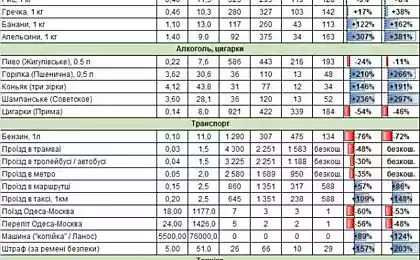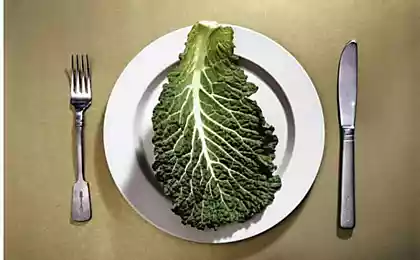146
What eating habits should be left in the past
This year marks the 80th anniversary of the publication of the Book of Tasty and Healthy Food. On its pages was collected a myriad of recipes and advice of nutritionists, still forming the basis of culinary ideas of the inhabitants of the post-Soviet space.

The Soviet Union is long gone, but nutritionismThey are often condemned by modern medicine and have nothing to do with the realities of the XXI century. "Site" It tells you which habits are best left in the past.
Eating habits
Soviet dietary stereotypes They do not always fit into modern life, so it is better to abandon them. After all, each of us can create our own gastronomic traditions that will make life richer and tastier!
From early childhood, in the family, kindergarten, in school, Soviet people were taught that lunch without soup is not lunch. Those who are interested in proper nutrition will be interested to know what opinion doctors and nutritionists hold about the cult of soups. The Soviet myth or the only possible option of healthy eating?
Along with vinaigrette and olivier, the triumvirate of the most popular salads native to the USSR includes herring under a coat. This snack has long been firmly established in our culinary culture, but if you know some tricks, this familiar salad can turn out much more interesting and tastier.
Summer is a time of picnics, and barbecue was and remains their king. Creating kebabs, not just meat fried on coals, is an art. On the way to the perfect barbecue, there are annoying mistakes that our advice will help you prevent.

The Soviet Union is long gone, but nutritionismThey are often condemned by modern medicine and have nothing to do with the realities of the XXI century. "Site" It tells you which habits are best left in the past.
Eating habits
- "First, Second and Compote"
In the West, a typical lunch is a sandwich and a salad. Where did the Soviet tradition of eating a snack for lunch, the first, second with a side dish and dessert come from? A well-known connoisseur of cooking, William Pokhlebkin, writes that when developing rational nutrition in the USSR, they focused on the pre-revolutionary nutrition of citizens. For breakfast and dinner then it was customary to drink tea, so the only full meal was a lunch consisting of 3-4 courses.
Today, most nutritionists agree that you need to eat more often, four to six times a day. In this light, a three-course dinner looks, of course, too plentiful.
Changes in working conditions should also be taken into account. More and more people work in offices and less and less engaged in physical labor. Therefore, the consumption of calories is reduced and, as a result, there is no such need for dense lunches.
Those who want to lose weight and advocates of healthy eating, it is better to abandon the standard complex meals of three courses, ordering which, as a rule, we overeat. Enough one dish prepared in accordance with the rules of dietary nutrition. But you need to eat it slowly, slowly, in a calm atmosphere.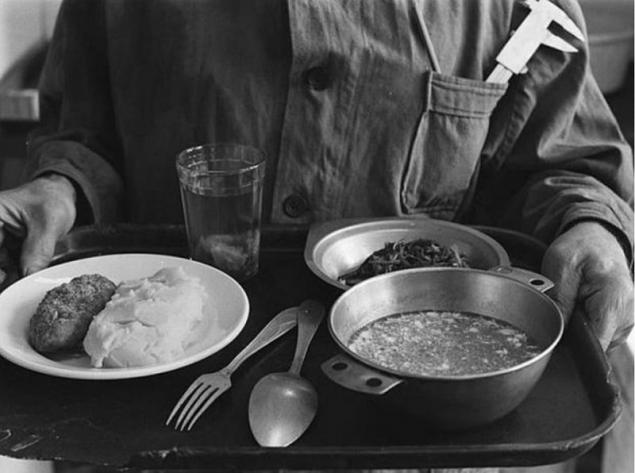
- Bread-eating.
In the USSR, it was believed that only eating with bread, you can get enough. Many people heard from their mother or grandmother: “Eat with bread, or you can’t eat!”
Yes, "bread is the head of everything," and there is still a generation alive that remembers all the horrors of hunger. But when white bread (the glycemic index of which is higher than that of ice cream) eats not only the first, but even potatoes and pasta, then this does not lead to anything good.
Nutritionists are unanimous in their opinion: lovers of flour usually look older than their years, are overweight, complain of poor digestion and stool disorders. This can be avoided if you buy bread from coarse flour, bran and whole grains containing fewer calories and more dietary fiber, vitamins and minerals.
By the way, in most countries there is no such cult of porridge as we have. So, buckwheat, millet and semolina are generally quite difficult to find in European and American supermarkets. More information about the benefits and harms of various cereals can be read in our article.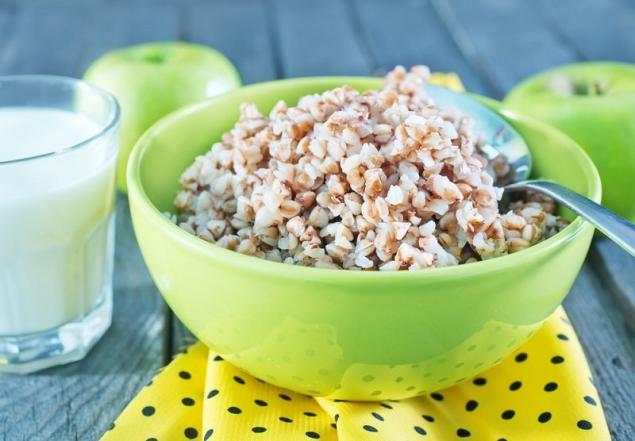
- Wash down food with sugary drinks
Compotes, jelly, cocoa and tea in the canteens of the USSR were often prepared immediately with sugar. Such drinks, like soda, with regular use can provoke excess weight and the development of diabetes. It is better to quench your thirst with clean water.
- There is little quality protein
Quality protein contained in meat, fish, seafood and dairy products in the USSR was in short supply. In the form of meat dishes in the canteens served patties, consisting at best 50% of bread. The result of such a diet with a high content of carbohydrates, but with a low protein content were specific figures - with a large belly (from excess carbohydrates), but with rather skinny hands and legs (from protein deficiency).
- Eat it all out.
We were taught from childhood that throwing away food is bad, so you need to finish everything you put on the plate. Even if a person is full or does not like something, he should still sit and choke. There’s a family behavioral pattern here: “Grandma always did that.” Perhaps the youth of the grandmother fell on the hungry years, but now in such a habit there is no practical sense.
Yesterday's shivs won't be fresh even in the freezer. There is nothing wrong with throwing leftover food in the trash, it is better than overeating and putting your health in danger.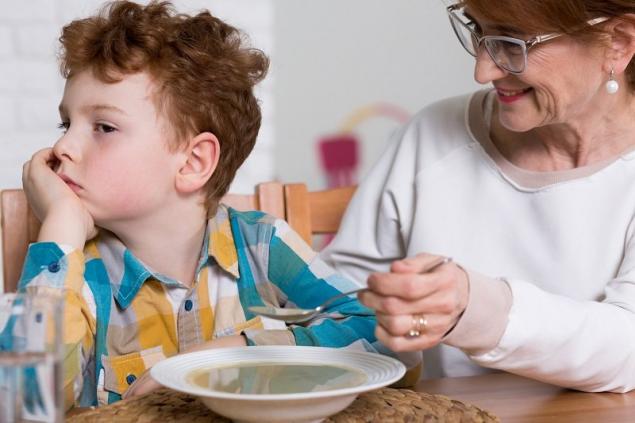
Soviet dietary stereotypes They do not always fit into modern life, so it is better to abandon them. After all, each of us can create our own gastronomic traditions that will make life richer and tastier!
From early childhood, in the family, kindergarten, in school, Soviet people were taught that lunch without soup is not lunch. Those who are interested in proper nutrition will be interested to know what opinion doctors and nutritionists hold about the cult of soups. The Soviet myth or the only possible option of healthy eating?
Along with vinaigrette and olivier, the triumvirate of the most popular salads native to the USSR includes herring under a coat. This snack has long been firmly established in our culinary culture, but if you know some tricks, this familiar salad can turn out much more interesting and tastier.
Summer is a time of picnics, and barbecue was and remains their king. Creating kebabs, not just meat fried on coals, is an art. On the way to the perfect barbecue, there are annoying mistakes that our advice will help you prevent.



















